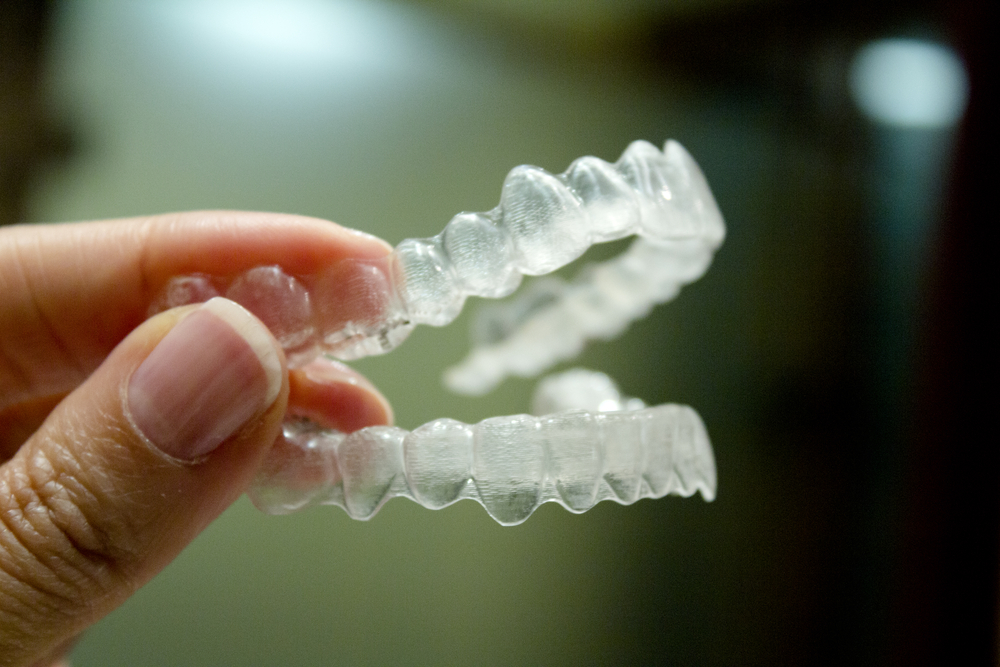What’s The Best Way to Floss
We all know we should floss, but it can be tough. Part of this is because flossing can feel like an extra task in an already busy day, but it...

Invisalign treatment is the ultimate in orthodontic treatment, especially compared to traditional orthodontic treatments with metal brackets and wires. While the pain you feel from any orthodontic treatment is never intense, a certain amount of discomfort comes along with any orthodontic treatment method for straightening the teeth.
Here’s everything you need to know about Invisalign, what types of discomfort to expect with treatment, and how to alleviate the pain you may experience.
Orthodontic treatments work by using gentle force to straighten your teeth over an extended period. If you know someone who has had traditional braces, you may have heard them reference the pain associated with getting braces tightened. Because of the computer-aided modeling of your teeth with Invisalign, you will receive a disposable aligner every two weeks that uses gentle force to straighten your teeth slowly.
Just like traditional orthodontics with metal brackets and wires, Invisalign works by applying force to your teeth, allowing them to shift into different positions over time slowly. In general, Invisalign is less painful than transitional metal braces because traditional braces get tightened roughly every four to six weeks, meaning more force must be applied in a single session to get the teeth to move to the next position.
When it comes to Invisalign, there are a few sources to the discomforts that you may feel, such as:
Invisalign treatments are not more uncomfortable than traditional braces. In fact, most patients report feeling next to nothing throughout their entire treatment plan.
Most patients describe a feeling of general discomfort rather than pain in short spurts throughout the treatment process. In general, about 54% of patients experience what is classified as mild pain. In trade, 35% of patients report that they had no discomfort related to wearing their aligners.
Because the whole purpose of Invisalign is to shift your teeth into a straighter and healthier alignment, Invisalign has to put a certain amount of pressure on your teeth to enable them to move position. Putting said pressure on your teeth will create soreness, and this soreness will be most prominent in the first few days after putting in a fresh set of aligners.
For most, simply riding out the pain for a day or two each month is easy enough to do. Others may continue to feel uncomfortable with their aligners throughout the entire treatment. For those that feel this way, finding what works for alleviating any discomfort is simple.
If you’re experiencing more than a day or two of discomfort a month from Invisalign, we recommend trying:
If you’re ready to see what your smile could look like after Invisalign, try our Smile View tool. Simply upload a photo, and a simulation of what your teeth could look like after treatment will help you in deciding if Invisalign is the best treatment for you.